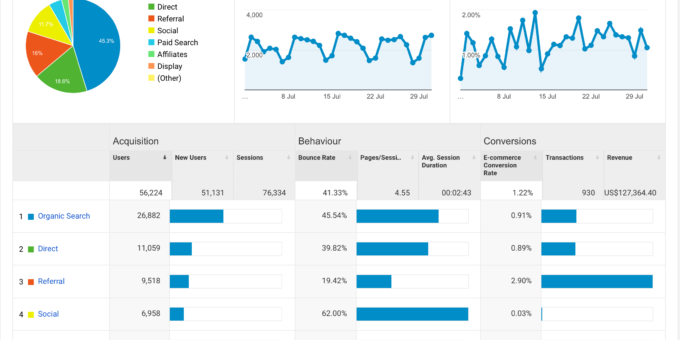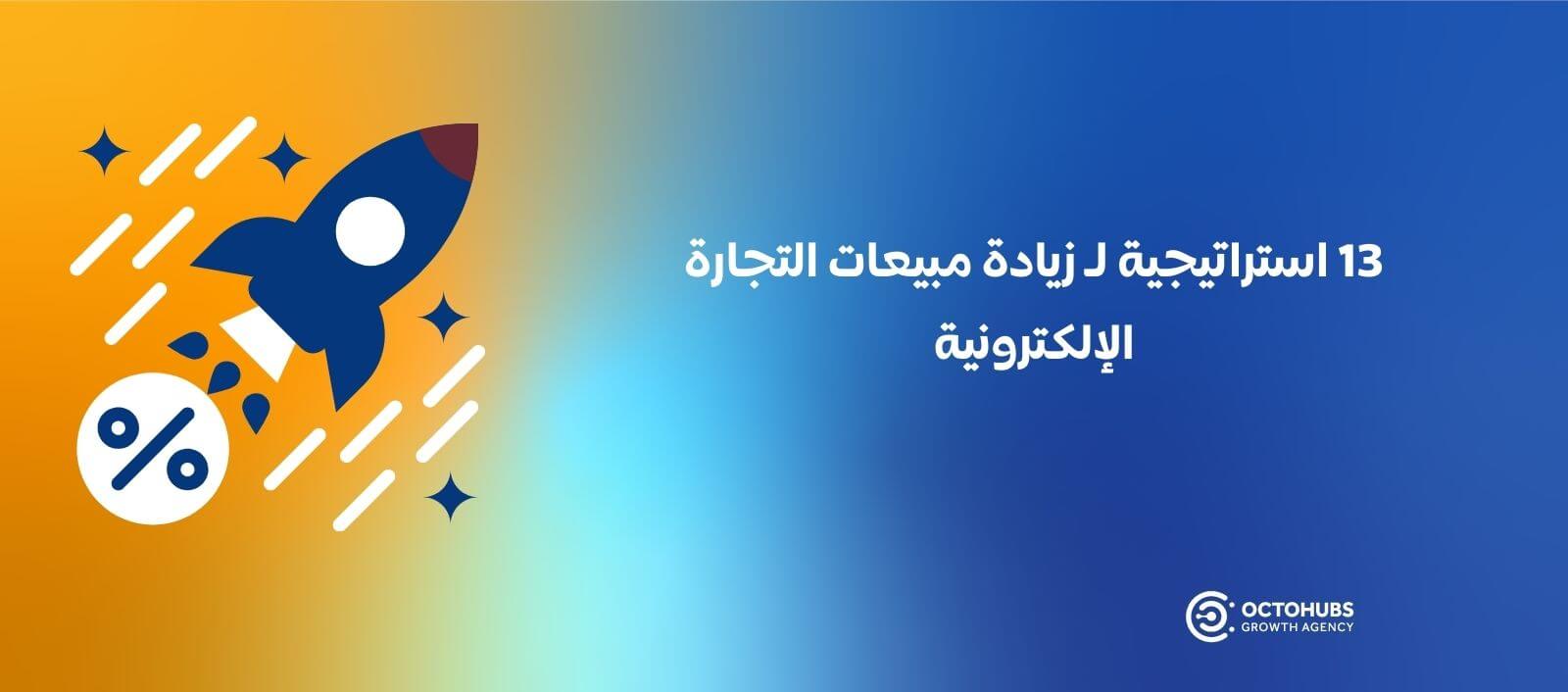We are all agents somewhere and we are exposed to Sales funnel Every day, without realizing it, think about what was the last thing you bought, whether from a store or through the Internet, and what path you took before you bought that product. You may have bought a coffee machine or a digital tool, and even if you bought a car or real estate, you must have gone through three stages. At least from the marketing funnel.
In this article, we will learn about:
- What is a sales funnel?
- Why is it called the sales funnel?
- What is the importance of the sales funnel?
- What are the stages of the sales funnel?
- How to measure sales funnel success
- Tools to increase conversion rate in the sales funnel
What is a sales funnel:
It is a representative model created by him Elias St. Elmo Louis , Describes the stages a customer goes through purchase journey From the moment he learns about the product or service until he makes the purchase.
This model includes four stages which are awareness – Awareness, then interest, desire, and finally action which is called for short AIDA
With the passage of time, several changes and additions occurred to the sales funnel. Some of them added a fifth stage to it, which is Loyalty and a sixth stage is advocacy.
It also has many names for the sales funnel sales funnel Such as the marketing funnel or the conversion funnel, all of which serve the same purpose, which is to study the stages that the customer goes through during the purchase process, and then direct customized marketing messages.
Why is it called the sales funnel?
It is called the funnel because it is an inverted conical triangle that resembles a funnel, where a large amount of potential customers enter the top of the funnel and their number shrinks as the funnel narrows down until they exit from the bottom of the funnel in the form of actual customers and sales.
What is the importance of the sales funnel?
- Sales funnel helps Companies understand the customer's journey and the steps they go through before making a purchase decision, which helps to design messages andMarketing strategies Adapt to the customer's behavior at each stage
- It provides an effective framework for analyzing the performance of marketing campaigns and measuring conversion rates at each stage of the funnel, helping companies to improve their strategy. Marketing.
- Explains the reasons behind customers exiting the funnel and not completing the purchase process, which provides a clear vision that helps focus marketing efforts on weaknesses Pushing customers out of the funnel or increasing the channels through which customers enter the funnel.
- It enables companies to target customers effectively at every stage of the purchasing journey, which increases sales and achieves long-term growth.
Stages of marketing funnel or sales funnel:
If you ask a group of marketing professionals about the stages of the marketing funnel or the sales funnel, each of them will answer you differently from the other, as the stages of repression range from 3 to 6 stages depending on the type of company and the approach that you use. Therefore, the number of stages of repression may differ according to the company because each company sees customer journey From a different point of view, these six stages are:
1. Consciousness - Awareness:
It is the first stage of the suppression stage, where the company focuses on building awareness of the brand and introducing the target audience to its products or services, and seeks to create interest in the audience to push it to the second stage of suppression.
The most important marketing practices at this stage:
- Intensifying marketing campaigns on social media
- Content Marketing
- Search Engine Optimization SEO
- Marketing with influencers
- Join specialized exhibitions and conferences
- Public relations
2. Interest:
After we directed the activity of our marketing campaigns in the first stage towards building awareness among the target audience, a section of this audience will decide to learn more about the products or services we offer by following the business pages on social networking sites or by subscribing to the newsletter or by going to the store Or the website, our task at this stage is to create educational and informative content that meets the needs of potential customers.
The most important marketing practices at this stage:
- Provide valuable content that answers potential customers' questions
- Send targeted email campaigns
- Holding seminars and live shows aimed at educating potential customers
- Build trust by sharing customer testimonials
- Create landing pages that contain detailed information about your product or service
3. Desire - Desire:
At this stage, some of those interested in your product or service will turn to wanting to buy, but they still have some questions or doubts, which prompts them to communicate with you through direct means of communication. You must deal carefully and cautiously with potential customers who have reached this stage.
The most important marketing practices at this stage:
- Encourage customers to try the product or service
- Highlight the unique features and benefits of the product
- Create comparison content between your product and competitors' products
- Provide strong social proof by sharing customer opinions and testimonials
- Offer timed discounts to speed up the decision-making process
- Answer any questions potential customers have and address their concerns through live chat.
4. Take Action - Action:
The customer who has reached this stage will have received many marketing messages, collected a huge amount of information, and compared your product or service to competitors' products or services.
He is now ready to go out and buy the service, but that requires additional steps from you to close the deal and complete the sale.
Top practices for closing a deal successfully:
- Training the sales team and the CALL CENTER to answer customer questions, respond to their objections, and dispel their concerns.
- Include call-to-action (CTA) buttons on your website or store and on landing pages and make them visible.
- Provide multiple payment options.
- Facilitate the electronic payment process.
5. Retention - Retention:
Companies at this stage aim to retain their customers and drive them to repeat purchases in the future. This stage is important because it increases the customer's lifetime value (LTV) and accelerates business growth.
The most important marketing practices at this stage:
- Build loyalty programs and reward repeat customers
- Providing after-sales services and dealing with customer problems
- Encouraging customers to refer friends and family through referral marketing programs
- Build a strong relationship with clients and Use data and insights to customize marketing efforts and deliver relevant messages.
6. Advocacy Advocacy:
At this stage, customers become defenders of the brand, promote it with what is called word of mouth promotion, and act as brand ambassadors.
The most important marketing practices to gain brand supporters:
- Providing a distinctive product with high quality
- Provide satisfactory customer service and after-sales services
- Encouraging customers to refer friends and family through referral marketing programs
- Encouraging customers to share their experiences with the brand through social media platforms and on the ground, which is what is known as word of mouth marketing.
These are the most famous stages of funnel marketing, and their names may differ sometimes, but they all have one goal, which is to direct the potential customer and push him to buy and then keep him.
But remember well:
Every lead may have a unique journey through your sales funnel. Even if you produce content for the early stages of the funnel, it doesn't mean that every customer will start there. It is possible that someone will immediately advance to the middle or last stages, as they are already aware of their problem and the solution your business offers, and are eager to buy.
How to measure sales funnel success:
Some companies may suffer from problems with the sales funnel or it does not achieve the required results, so it is necessary to look for places where the customer stumbles and exits from the funnel. There may be many problems, such as:
- Low lead generation
- Conversion rate decreases in the early stages of the funnel
- Increased abandoned basket rate
- Low repeat purchase rate
It is important for the company to identify the type of problem in order to find out its causes and treatment. This may include further auditing, analysis and improvement to achieve maximum effectiveness.
What is the sales funnel strategy and the most important factors to be measured:
There are two factors that must be measured to ensure success customer journey And the success of the marketing funnel, the first type, which is quantitative factors or measures, for example:
- Customer acquisition cost (CPA)
- customer lifetime value (LTV)
- CPC
- Conversion rates
- Conversion rate per channel
- Customer retention rate
The second type is qualitative factors or measures, for example:
- Increase brand awareness
- Content quality
- customer experience
- customers satisfaction
- word of mouth marketing (WOM)
- Increase customer loyalty
Tools to increase conversion rate in the sales funnel:
- Google Analytics Google Analytics, a free service from Google It helps website owners track and analyze their site traffic, analyze user behavior and other metrics, provides insights into how visitors interact with a website, and provides data to improve site performance and optimize marketing campaigns.

Google Analytics homepage
- Analytics provided by social media platforms such as Meta, Tik Tok, Snapchat and others.
- Site heatmaps: Heatmaps show common elements on a web page in red and uncommon areas in blue. In addition, it shows how users move and interact with the site in general, and this enables you to identify the elements of the page that are effective in directing users.

Website heat maps
- Session recordings:
They are tools that capture the actions and behaviors of users on the site or application. Identify usability issues, technical errors, and other user experience issues that may affect the performance of the Website or Application. They can also provide insights into user behavior and preferences, which can inform website design and optimization efforts.
- Surveys and questionnaires:
Surveys and questionnaires are among the most important tools that help increase conversion rate, because they give the company a clear picture of customer experience and preferences. Which leads to more targeted and effective messaging. Ultimately, this can lead to a more successful marketing funnel and higher conversion rates.
Conclusion: longer understanding Sales funnel Essential for every business that wants to succeed in today's fierce competition, by implementing the right strategies to optimize each stage of the funnel, companies can effectively convert leads into customers, increase revenue, and build long-term customer relationships.







